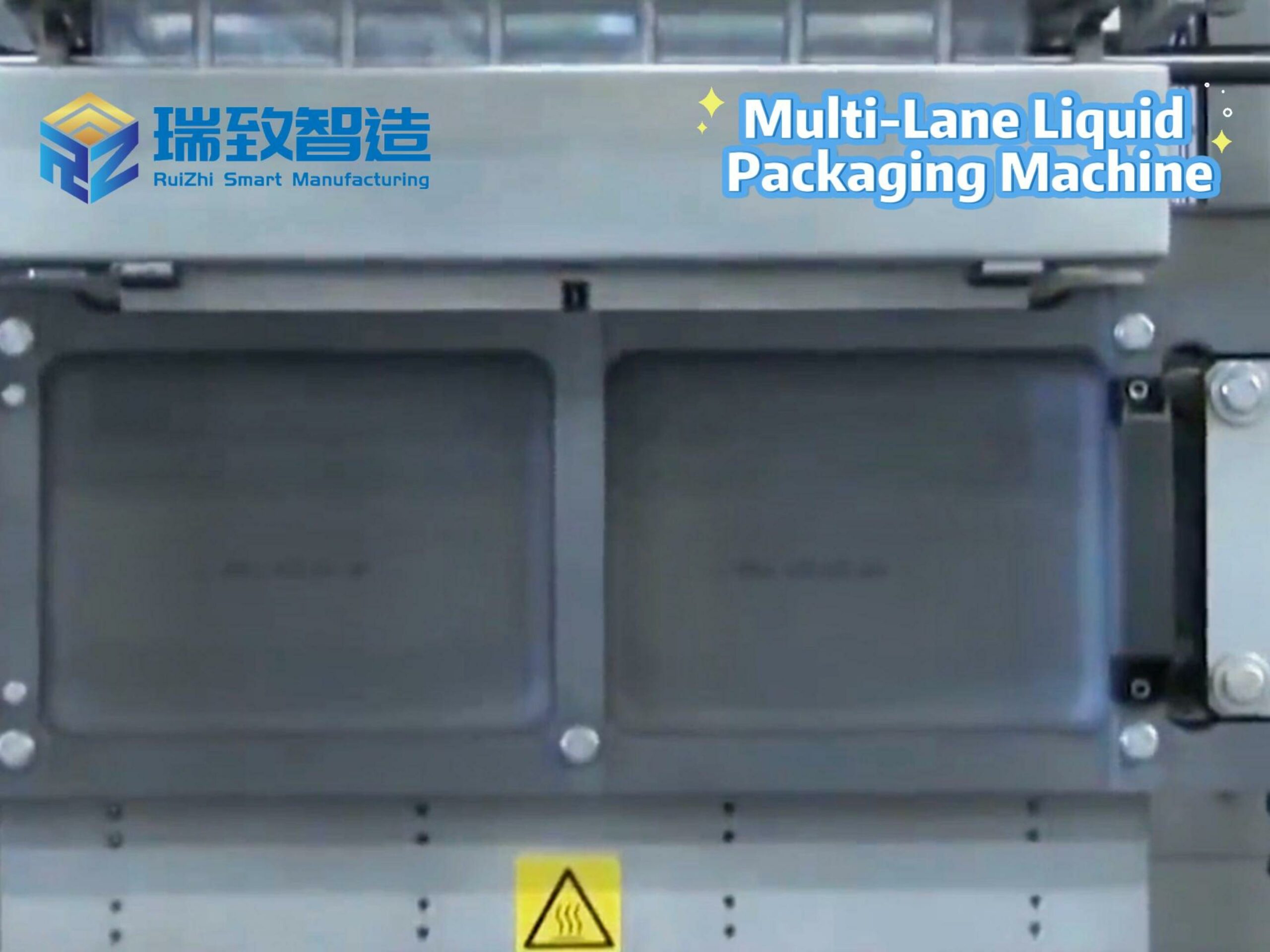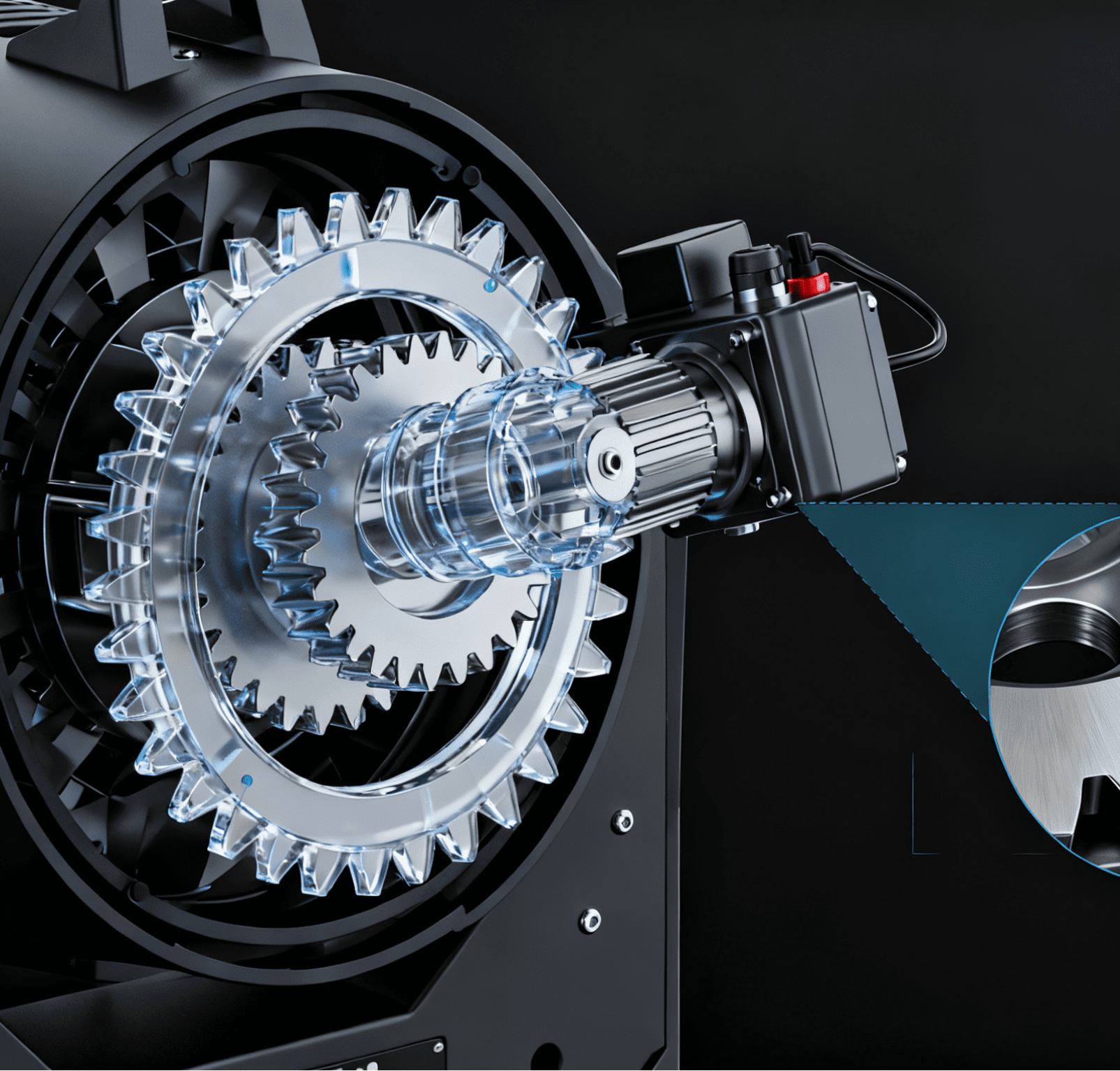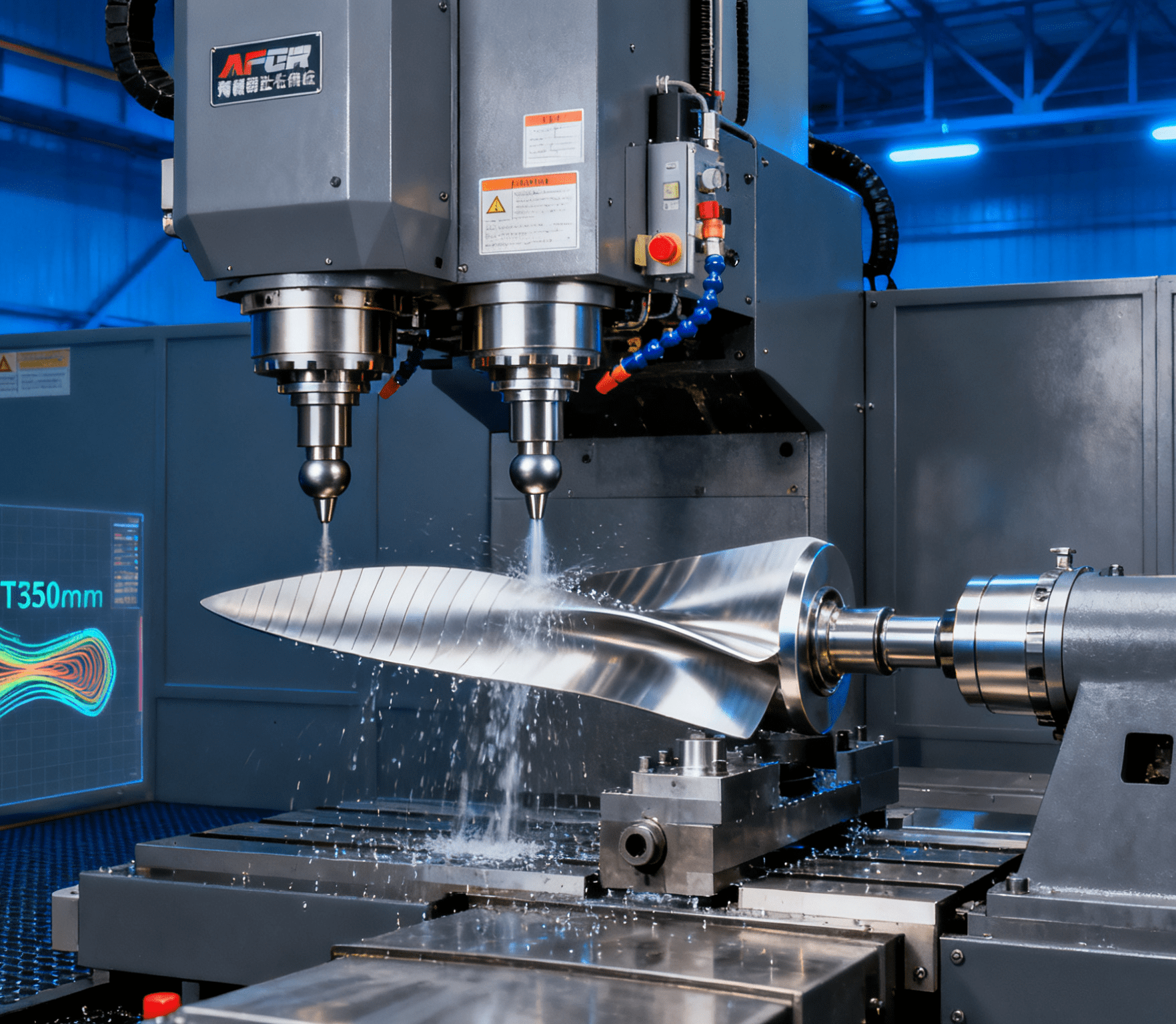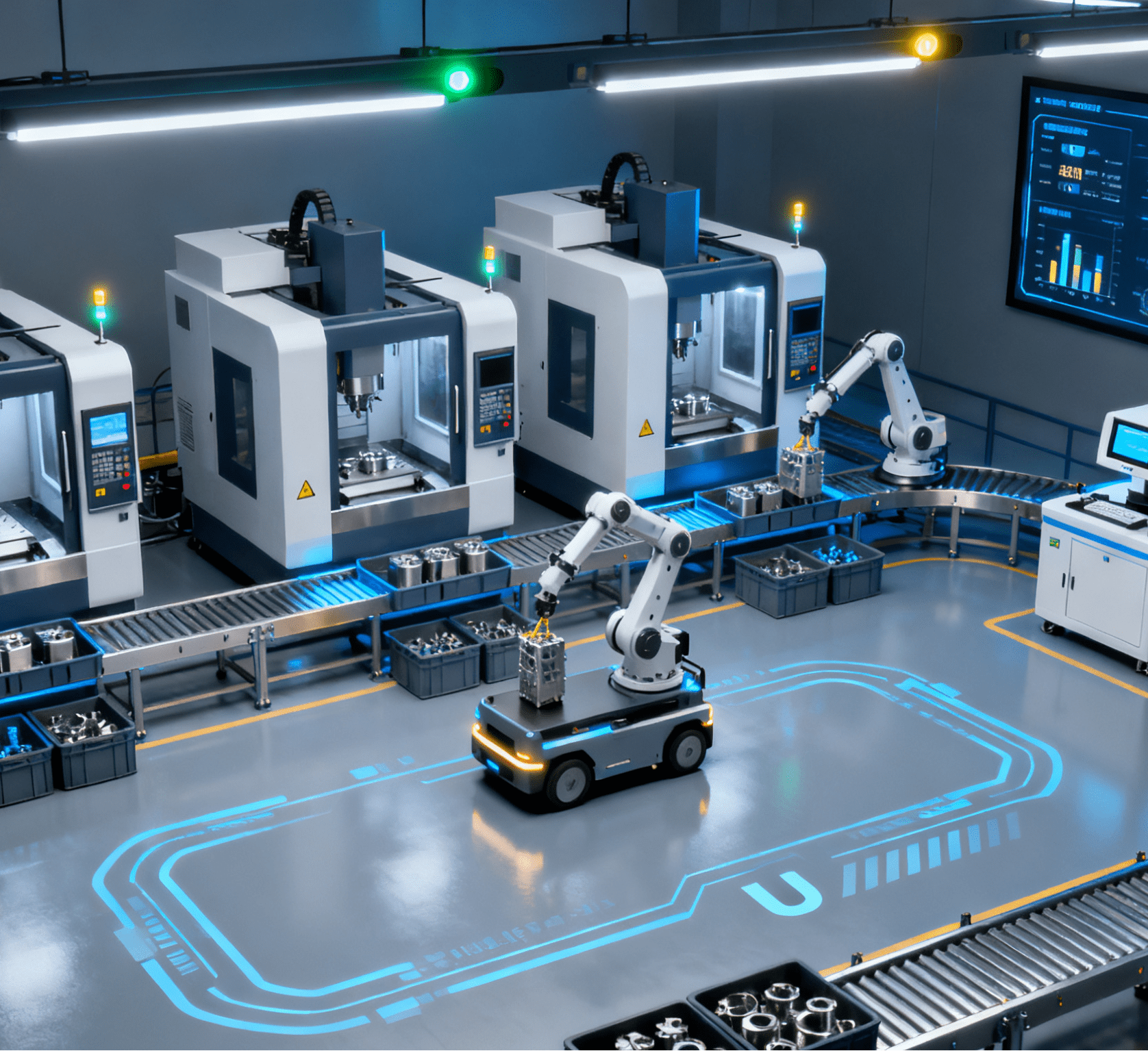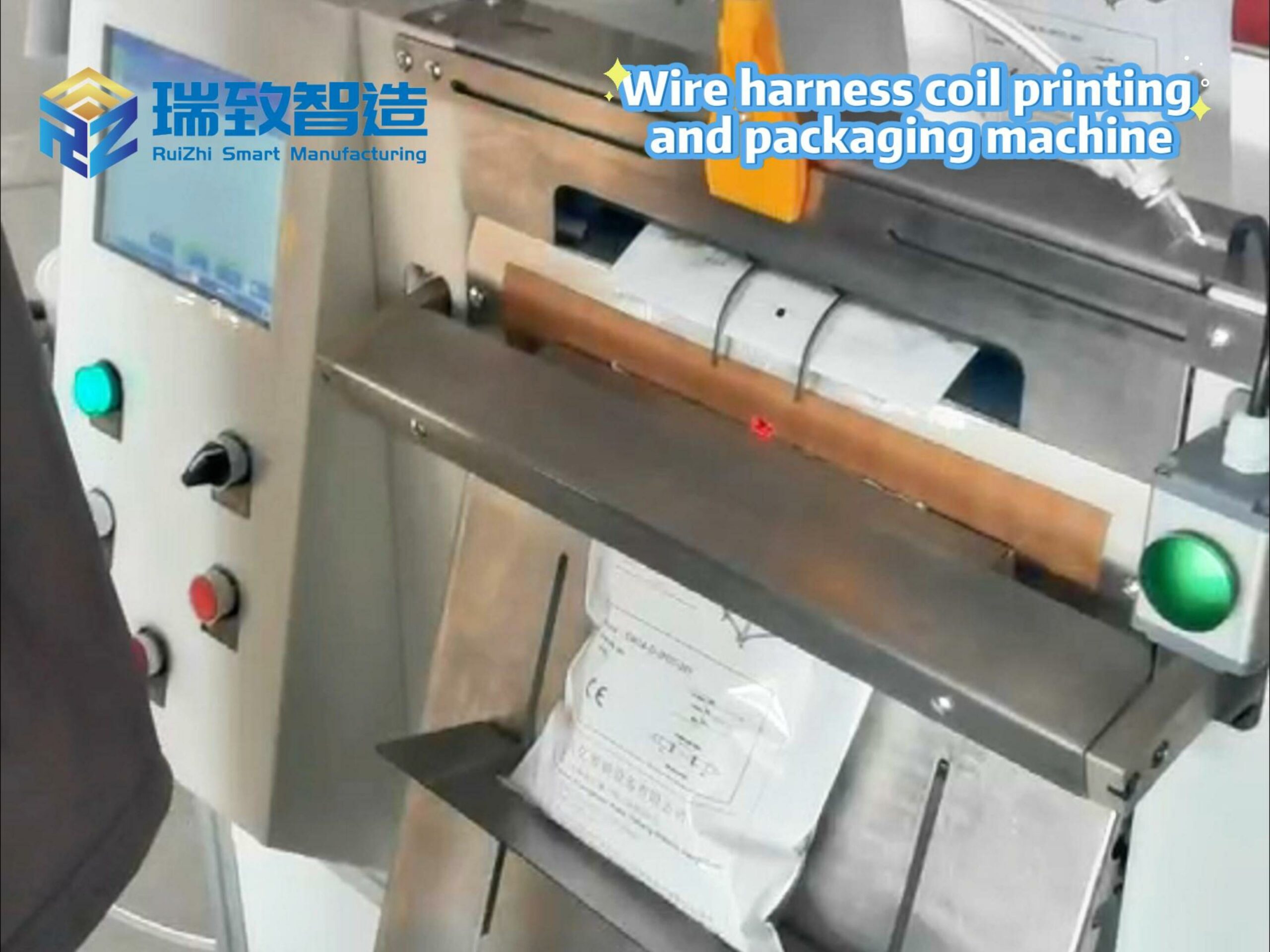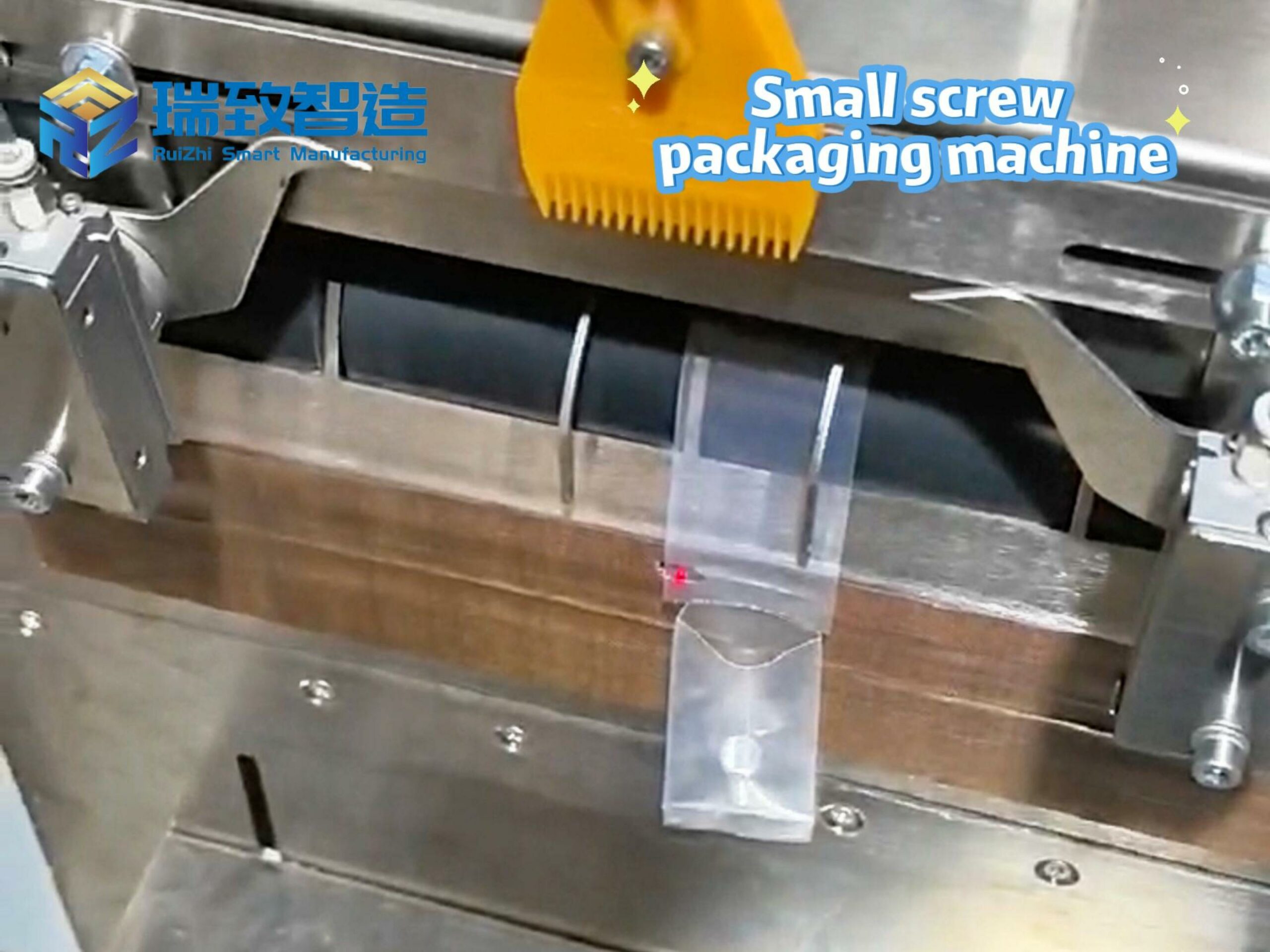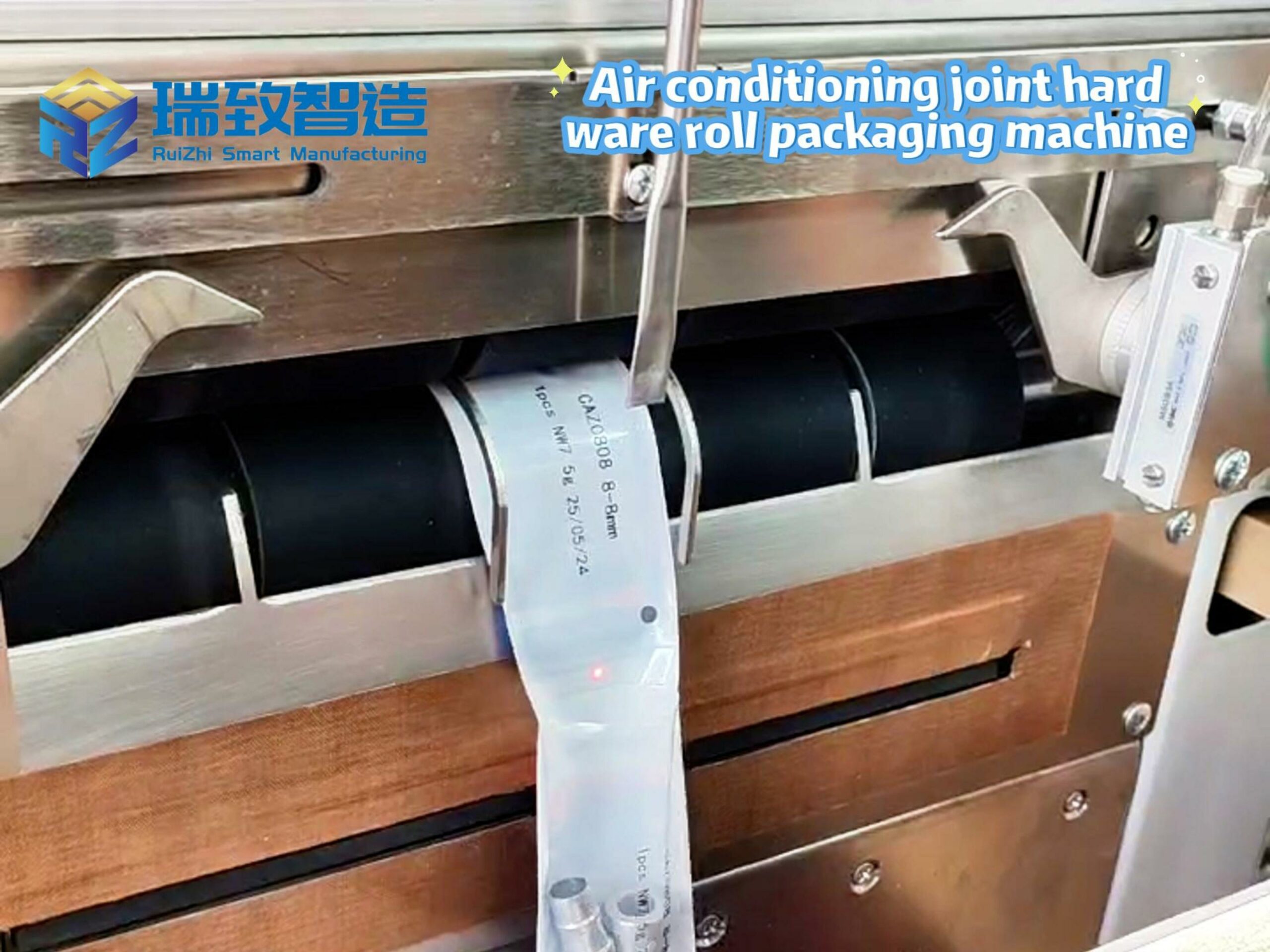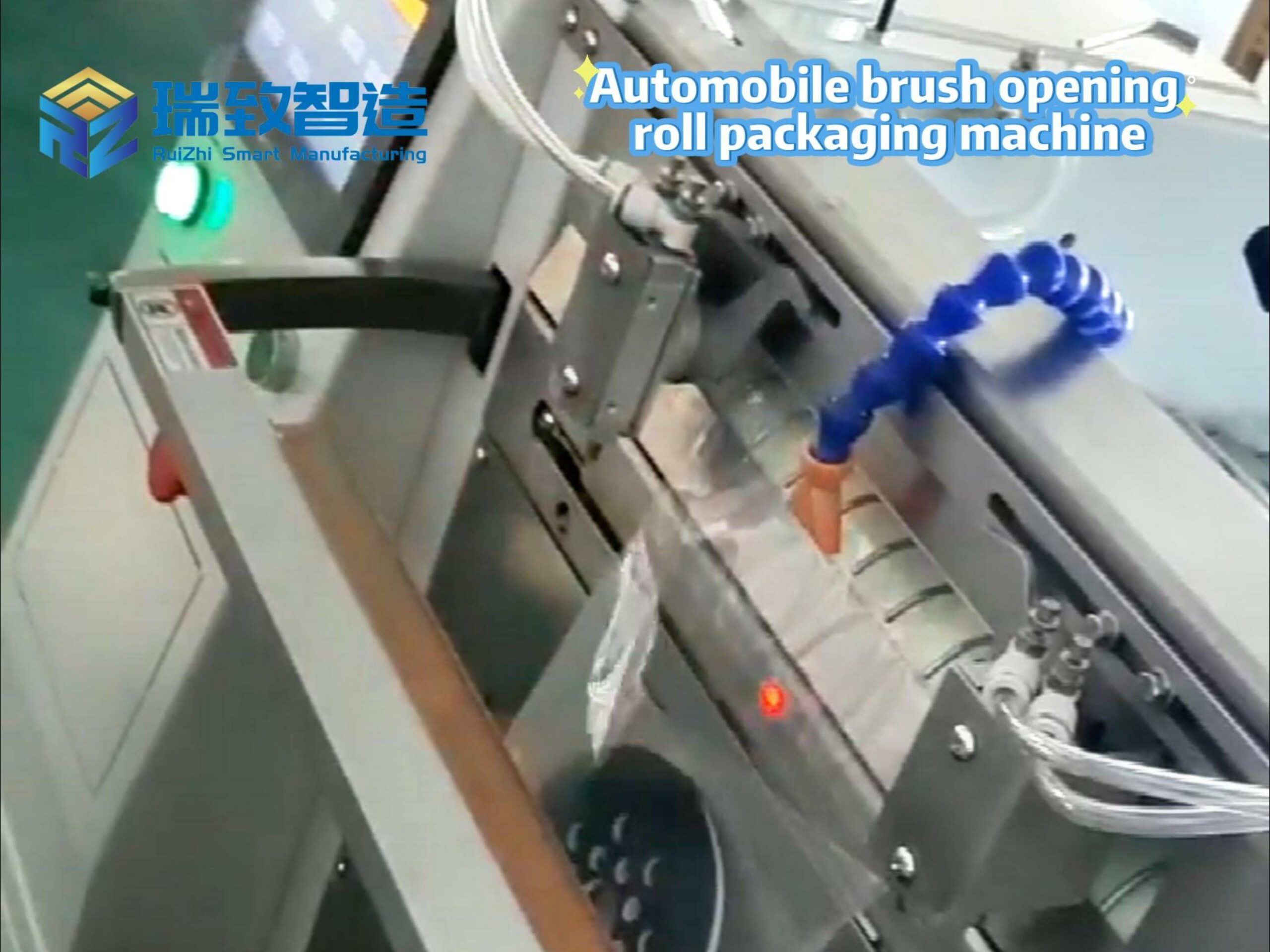Table of Contents
ToggleOperational Maintenance Strategies for Automation Equipment: The Secret to “Non-Stop” Production Lines

In the competitive landscape of manufacturing, where “efficiency is paramount and costs are strictly controlled”, operational maintenance of automation equipment has evolved from a passive “repair-after-failure” model to a proactive preventive maintenance system. From vibration monitoring to oil analysis, and from AI early warning to digital twins, maintenance technologies are addressing industry challenges of “unplanned downtime, high maintenance costs, and efficiency losses” through three breakthroughs: “condition sensing + intelligent analysis + proactive intervention”, driving equipment management to shift from a “cost center” to a “profit engine”.
I. Technical System of Intelligent Maintenance: Closed-Loop Innovation of Sensing, Analysis, and Execution
The core of automation equipment maintenance is to build a “device health management ecosystem”, breaking through the efficiency bottlenecks of traditional maintenance:
1. Sensing Layer: Multi-Dimensional Condition Monitoring Technologies
- Vibration Analysis System:
- Three-axis acceleration sensors (sampling frequency 10kHz) monitor equipment vibration spectra in real time, identifying faults such as bearing wear (characteristic frequency deviation >5%) and poor gear meshing, with early warning lead times of up to 30 days (traditional spot checks only provide 1-week advance notice).
- Case: A wind power enterprise extended gearbox fault warning time from 1 to 3 months via vibration monitoring, reducing single-fault repair costs by 80%.
- Infrared Thermography:
- 640×512 pixel thermal imagers (temperature resolution 0.05℃) detect overheating in motors and cables (alarms when temperature exceeds the threshold by 15℃), preventing short-circuit accidents. After application in an automotive factory, the risk of electrical fires dropped by 90%.
- Oil Spectral Analysis:
- Online oil sensors detect metal particle concentration (precision 0.1mg/L) to identify hydraulic system wear (e.g., sudden increase in iron content during pump valve wear). An injection molding factory reduced hydraulic system failures by 60% using this technology.
2. Analysis Layer: AI-Driven Fault Diagnosis Algorithms
- Deep Learning Prediction Models:
- LSTM neural networks analyze 20+ parameters including equipment vibration, temperature, and current, with over 100,000 hours of training data, achieving 95% fault prediction accuracy (traditional threshold alarms have only 60% accuracy).
- A semiconductor factory used this model to predict guide rail wear in lithography machines, replacing components 72 hours in advance and avoiding production stoppage losses of ¥2 million per incident.
- Fault Knowledge Base Construction:
- Integrating industry expert experience and historical fault data, a “fault-cause-solution” association mapis established—e.g., “abnormal 1× rotation frequency in vibration spectrum → inner ring bearing fault → recommended replacement”—improving maintenance decision efficiency by 70%.
- Digital Twin Simulation:
- 1:1 virtual equipment previews fault development processes (e.g., vibration changes from minor bearing wear to severe damage), assisting in maintenance plan design. An aero-engine factory shortened maintenance man-hours by 40% via digital twins.
3. Execution Layer: Proactive Maintenance and Intelligent Scheduling
- Automatic Lubrication System:
- Based on equipment operating time and load, lubricating oil is automatically dispensed in fixed quantities (precision ±0.1mL). After application in a machine tool factory, guide rail wear decreased by 50%, and lubricating grease usage dropped by 30%.
- Intelligent Spare Parts Management:
- Spare parts procurement is automatically triggered by fault prediction results (e.g., predicting the need to replace a certain type of bearing in 30 days), increasing inventory turnover by 50%. An automotive factory reduced spare parts capital occupation by ¥40 million.
- Production Line Collaborative Scheduling:
- Production sequences are automatically adjusted during equipment anomalies (e.g., if Injection Molding Machine A fails, tasks switch to Machine B). A 3C OEM reduced the impact of unplanned downtime to 0.5 hours per incident using this strategy.
II. Scenario Penetration: Industry-Wide Adaptation from Injection Molding to Wind Power
The value of intelligent maintenance delivers differentiated breakthroughs across sectors:
1. Injection Molding Equipment: Precision Protection Under High Temperature and Pressure
- Hydraulic System Monitoring:
- Pressure sensors + oil analysis monitor clamping force fluctuations in injection molding machines (target ±5%). A home appliance factory reduced mold wear by 30% and flash defects by 70% using this technology.
- Motor Health Management:
- Current transformers + temperature sensors identify motor winding aging (current harmonic distortion rate >10%). An injection molding factory avoided ¥1.5 million in production stoppage losses per incident by proactively replacing aging motors.
- Data Comparison: After introducing intelligent maintenance, an injection molding enterprise increased Overall Equipment Effectiveness (OEE) from 65% to 85%, reduced maintenance costs by 35%, and boosted production capacity by 20%.
2. Semiconductor Equipment: Reliability Assurance for Nanometer-Level Precision
- Precision Guide Rail Monitoring for Lithography Machines:
- Laser interferometers (precision ±0.1μm) monitor guide rail straightness, issuing automatic warnings when deviations exceed 0.5μm. A wafer factory controlled lithography precision fluctuations within ±1nm using this technology, increasing yield by 2%.
- Vacuum System Leak Detection:
- Helium mass spectrometer leak detectors (precision 1×10⁻⁹Pa·m³/s) monitor vacuum chamber leaks in real time. After application in a memory chip factory, chip scrap rates due to vacuum issues dropped from 0.8% to 0.1%.
- Maintenance Value: After launching an intelligent maintenance system, a semiconductor foundry extended Mean Time Between Failures (MTBF) for key equipment from 400 to 800 hours, saving ¥80 million in annual maintenance costs.
3. Wind Power Equipment: Cost Revolution for High-Altitude Maintenance
- Tower Vibration Monitoring:
- Fiber Bragg grating sensors (sampling frequency 1kHz) monitor tower modal changes to identify resonance risks. A wind farm reduced tower crack detection time from 6 months to 1 week using this technology, cutting maintenance costs by 60%.
- Gearbox Oil Analysis:
- Online ferrographs detect particle size distribution (identifying abnormal particles >50μm). A wind power operator avoided ¥3 million in high-altitude hoisting costs per incident by proactively replacing faulty gearboxes.
- Data Results: After applying intelligent maintenance at a Goldwind Technology wind farm, annual maintenance costs per wind turbine dropped by ¥25,000, power generation increased by 3%, and ROI was achieved within 3 years.
III. Case Study: “Zero Accident” Maintenance Revolution in an Automotive Welding Workshop
Facing complex maintenance needs for 200 welding robots + 100 conveying devices, the traditional “regular inspection” model suffered from “coexisting over-maintenance and missed detections”:
Pre-Transformation Pain Points
- Unplanned downtime: 200 hours/year, resulting in 4,000 vehicles of lost production capacity and direct economic losses of ¥8 million.
- Low maintenance efficiency: 50 maintenance workers performed regular inspections, incurring high labor costs, with a 15% fault miss rate.
- Chaotic spare parts management: Over 2,000 types of spare parts in inventory, occupying ¥12 million in funds, with a turnover rate of only 2 times/year.
Intelligent Maintenance Solution
- Sensing Layer Deployment:
- Vibration sensors (10kHz sampling) + infrared thermal imagers (0.05℃ resolution) covered all key equipment.
- Online oil sensors monitored hydraulic system and gearbox conditions in real time.
- Analysis Layer Construction:
- In-house LSTM models analyzed equipment data to predict welding robot joint wear (92% accuracy).
- A welding equipment fault knowledge base was built, integrating over 2,000 fault cases.
- Execution Layer Optimization:
- Automatic lubrication systems dispensed oil in fixed quantities based on predictions, reducing grease waste by 40%.
- Intelligent scheduling systems automatically switched production tasks during equipment anomalies, minimizing downtime impacts.
Post-Transformation Achievements
| Dimension | Before Transformation | After Transformation | Improvement |
| Unplanned Downtime | 200 hours/year | 20 hours/year | ↓90% |
| Maintenance Manpower | 50 workers | 20 workers | ↓60% |
| Spare Parts Capital | ¥12 million | ¥5 million | ↓58.3% |
| Equipment OEE | 70% | 88% | ↑25.7% |
| Fault Miss Rate | 15% | 2% | ↓86.7% |
IV. Three Key Steps for Implementing Intelligent Maintenance
From solution design to value realization, three challenges must be overcome: “data, algorithms, execution”:
1. Requirement Diagnosis: Data-Driven Pain Point Positioning
- Fault Tree Analysis (FTA):
- Drawing equipment fault logic diagrams to identify high-risk components (e.g., hydraulic pumps accounting for 30% of injection molding machine failure rates) and high-loss faults (e.g., single semiconductor equipment vacuum leakage losses of ¥5 million), determining monitoring priorities.
- Maintenance Cost Calculation:
- Quantifying hidden costs of traditional maintenance (e.g., production capacity losses from unplanned downtime, spare parts waste from over-maintenance). An automotive factory calculated unplanned downtime costs at ¥40,000/hour, driving transformation imperatives.
- Monitoring Point Planning:
- Determining sensor deployment plans using a “fault impact × monitoring cost” matrix (e.g., full-parameter monitoring for key equipment, temperature + vibration monitoring for non-key equipment).
2. Solution Design: Digital Twins and Algorithm Pre-Training
- Equipment Modeling:
- Constructing equipment digital twins on the PTC ThingWorx platform to simulate fault evolution processes of parameters like vibration and temperature, verifying monitoring solution effectiveness.
- Algorithm Pre-Training:
- Pre-training LSTM models using public datasets (e.g., NASA bearing datasets) and fine-tuning with enterprise private data, reducing training time by 80%.
- ROI Simulation:
- Comparing investment returns of different solutions (e.g., full monitoring invests ¥10 million, pays back in 3 years; key equipment monitoring invests ¥5 million, pays back in 2 years) to match enterprise budgets.
3. Debugging and Optimization: From “Data Collection” to “Value Realization”
- Sensor Calibration:
- Calibrating vibration sensors with standard vibration tables (precision ±1%) to ensure accurate spectral analysis.
- Calibrating infrared thermal imagers with blackbody furnaces (precision ±0.1℃) to avoid temperature false alarms.
- Algorithm Iteration:
- Establishing a “fault feedback loop” to update model parameters after each maintenance (e.g., characteristic frequency deviation of 0.5Hz for a certain type of bearing fault), improving prediction accuracy.
- Human-Machine Collaboration Running-In:
- Training engineers to master AI diagnostic tools (e.g., fault map interpretation), combining AI warnings with manual experience to avoid “false alarms and misses”.
V. Future Trends: Maintenance Evolution through AI-Physical Fusion
The next frontier for intelligent maintenance is the deep integration of “autonomous maintenance + digital twin + low-carbon optimization”:
- Autonomous Maintenance Robots: Maintenance AGVs equipped with robotic arms autonomously perform simple repairs like sensor replacement and bolt tightening (precision ±0.5mm). After application in a photovoltaic power plant, maintenance manpower was further reduced by 50%.
- Digital Twin Federations: Equipment digital twins across group factories share fault experiences (e.g., motor overheating warnings from one factory automatically synchronized to similar global equipment), improving fault identification efficiency by 50%.
- Carbon Footprint Maintenance: Equipment maintenance systems integrate carbon emission calculation modules to automatically recommend “low-carbon maintenance solutions” (e.g., high-energy maintenance during low-night electricity prices). After application in a German factory, maintenance-related carbon emissions dropped by 25%.
- Quantum Sensing Applications: Quantum magnetometers based on NV color centers (precision 10nT) monitor micro-magnetic changes in equipment, identifying metal fatigue 6 months in advance, suitable for key equipment like aero-engines.
The essence of automation equipment maintenance is “prolonging equipment life with data and unleashing production capacity value with intelligence”—it not only avoids unplanned downtime but also optimizes equipment life cycle costs through predictive maintenance. As more enterprises break through the technical barriers of “intelligent maintenance”, equipment management will upgrade from “production guarantee” to “innovation driver”, becoming the core competitiveness for manufacturing quality and efficiency improvement.
#PredictiveMaintenance #DigitalMaintenance #ProductionLineDowntimeWarning

